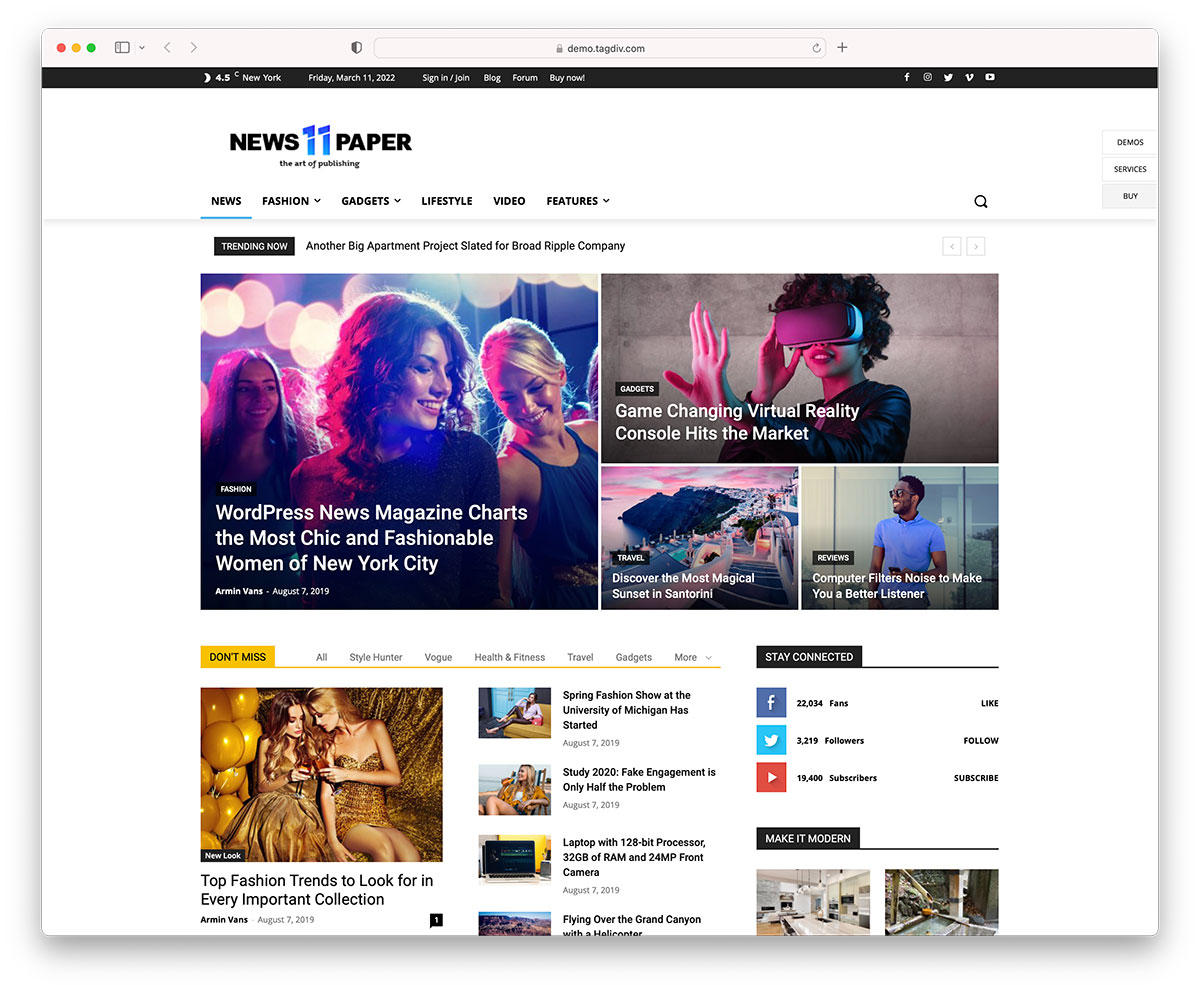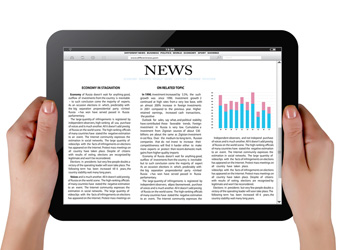Little Known Facts About Popular News.
Little Known Facts About Popular News.
Blog Article
5 Easy Facts About Popular News Shown
Table of ContentsPopular News for DummiesThe 10-Second Trick For Popular NewsA Biased View of Popular NewsSome Known Facts About Popular News.
Age is likewise a consider the means people see the duty of social networks. Younger social media sites information consumers are most likely to claim it has affected their understanding for the far better. About fifty percent of social networks news customers ages 18 to 29 (48%) say information on social networks makes them far better educated, contrasted with 37% of those 30 to 49, 28% of those 50 to 64, and 27% of those 65 and older.Journalists weigh news values when figuring out whether or not to cover an occasion or statement. Perhaps the most vital component of newsworthiness is whether or not the news product being connected impacts an information outlet's target market.
Closeness is necessary. Journalists want points that affect their areas. Research study on a state's new tax code likely won't produce the same interest across state borders. Occasionally specialists can aid center a bigger national tale that impacts even more than simply a city or state. In these situations, it is necessary to be in search of opportunities where topic experts can give insight or where comparable jobs might be occurring in your area.
If you are publishing relevant research, loophole in MarComm before the post being released to make sure that the pitch can highlight the most recent aspect of the tale: the publication of the research. Occasions and statements that entail high-profile numbers are most likely to generate media coverage. Visits from nationwide figures often need months of preparation due to expected neighborhood interest.
The 5-Second Trick For Popular News
Stories commonly entail some sort of conflict. By definition, these stories are usually debatable to some level. College team and professors are usually viewed as objective specialists. We can assist minimize prospective reputational danger with these tales while also raising the odds of generating protection. While many of the above information worths are interwoven, human rate of interest tales commonly differ.
Human interest aspects can include news value to various other tales that could seem lacking in the various other worths. The novelty or anomaly of a circumstance can aid affect whether or not an information outlet is likely to cover a story. While this is not an extensive listing, checking to see if your story or occasion has these qualities before contacting us will certainly assist you establish which elements hold one of the most information worth.

Things about Popular News
There is additionally significant evidence that even more consumers could begin to pay for information in the futureif authors can recognize them and serve them well. Fifty percent of those who do not pay for information actively choose information and appear like subscribers in numerous methods. And almost 2 in 10 of those who do not subscribe to news now indicate they are inclined to begin to pay browse this site in the future.
We after that ask a collection of questions to establish whether individuals pay for particular kinds of news sources (Popular News). We asked people to name the resources they utilize most oftenwhether they pay for them or nothow they utilize them, the specific things they consider important about them, and some relevant questions regarding the price and value of that resource
Individuals are attracted to news in basic for 2 factors above others: A need to be informed residents (paper subscribers particularly are very encouraged by this) and due to the fact that the publication they register for excels at covering specific subjects about which those clients particularly care. While there are a host of reasons, the No.
More than 4 in 10 also point out the reality that friends and household sign up for the exact same product (Popular News). Greater than a 3rd of individuals say they originally subscribed in reaction to a price cut or promotion. In print, individuals additionally are moved heavily to register for obtain vouchers that conserve them cash, something that has untapped effects in digital
See This Report about Popular News
Regarding half are "information applicants," indicating they proactively seek news instead than primarily running into it in an extra easy method, though the information that nonpayers are looking for (for currently, a minimum of) is commonly about national politics. Like customers, a number of these people likewise obtain news multiple times a day, make use of the information in methods comparable to customers, and want comparable topics, including foreign or worldwide information.

Of those who do pay, 54 percent sign up for papers in print or click digitally, which represents 29 percent of Americans generally. Most of them get a print publication in addition to their paper and pay for two to four information resources in overall, some much more. And while 53 percent are long-time subscribers (5+ years), even more than a quarter (27 percent) have purchased their paper subscription within the previous year.
Few print subscribers think it likely they will switch over to a digital-only registration in the future, and majority of those that like digital have never ever paid for a print variation of the very same source. Fully 75 percent of paper payers state they largely checked out the paper in print, while 21 percent are mainly electronic individuals, and 4 percent describe themselves as evenly split.
Report this page